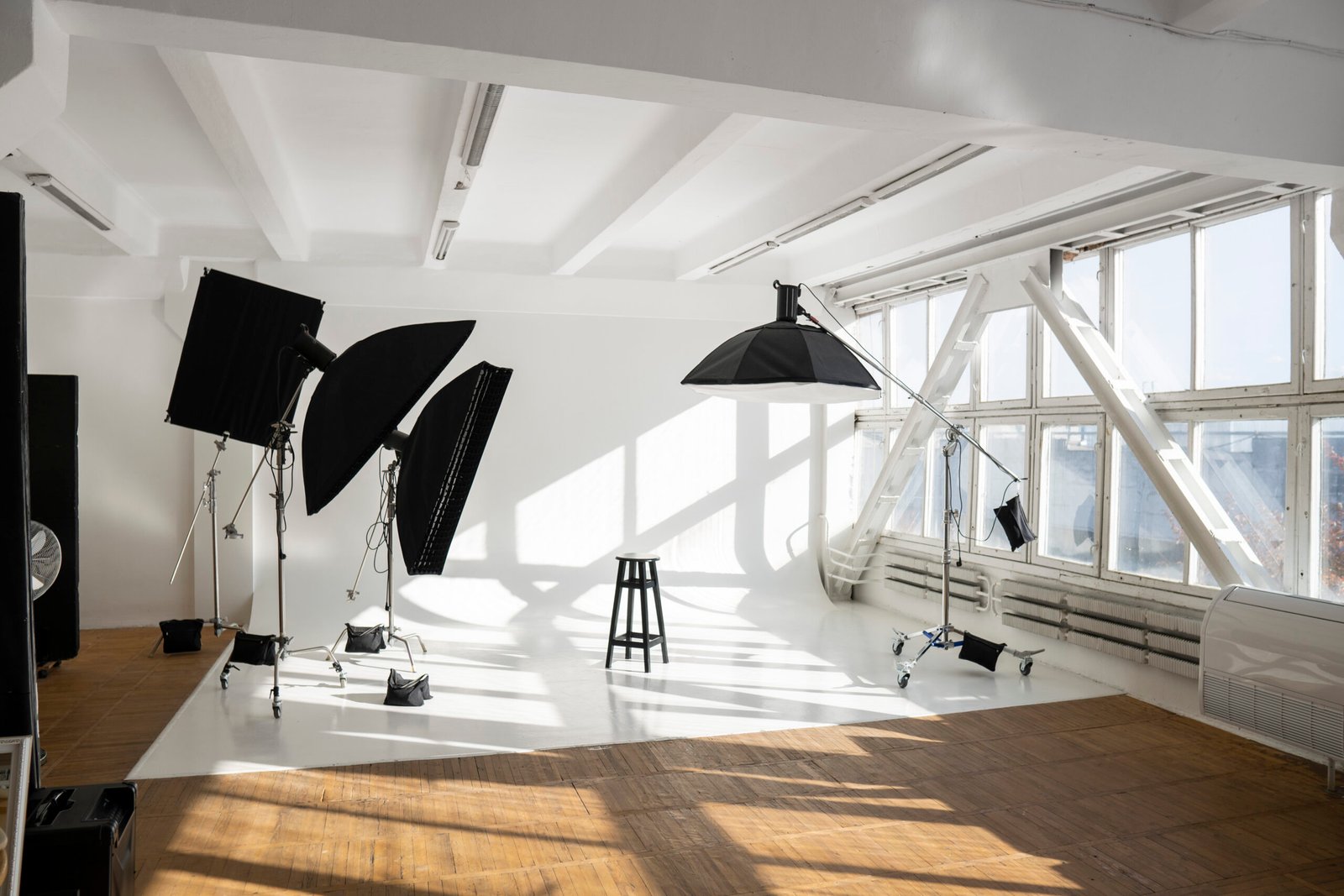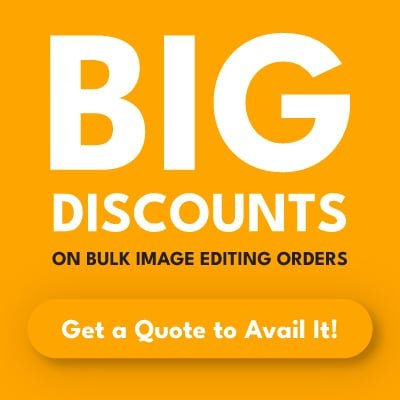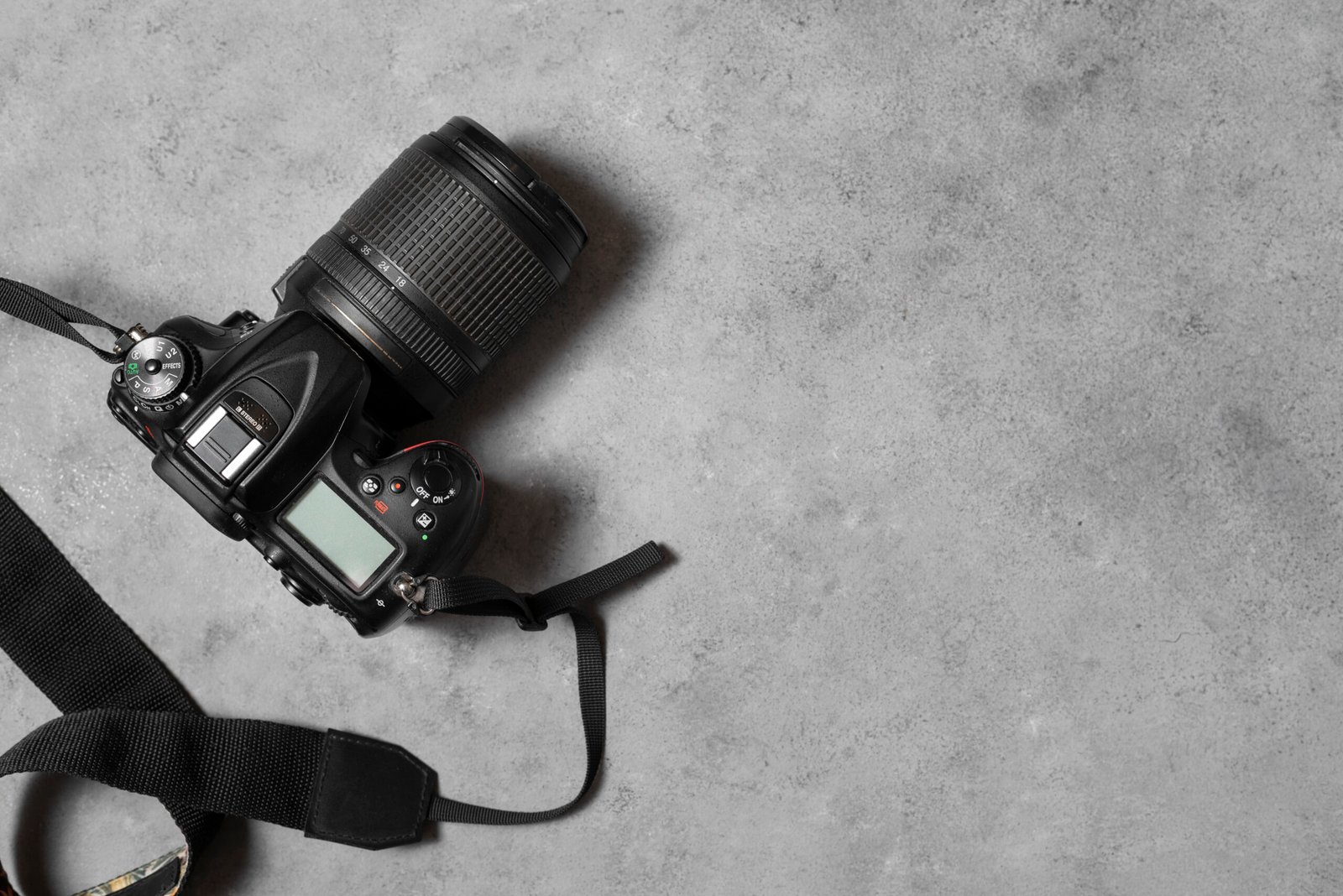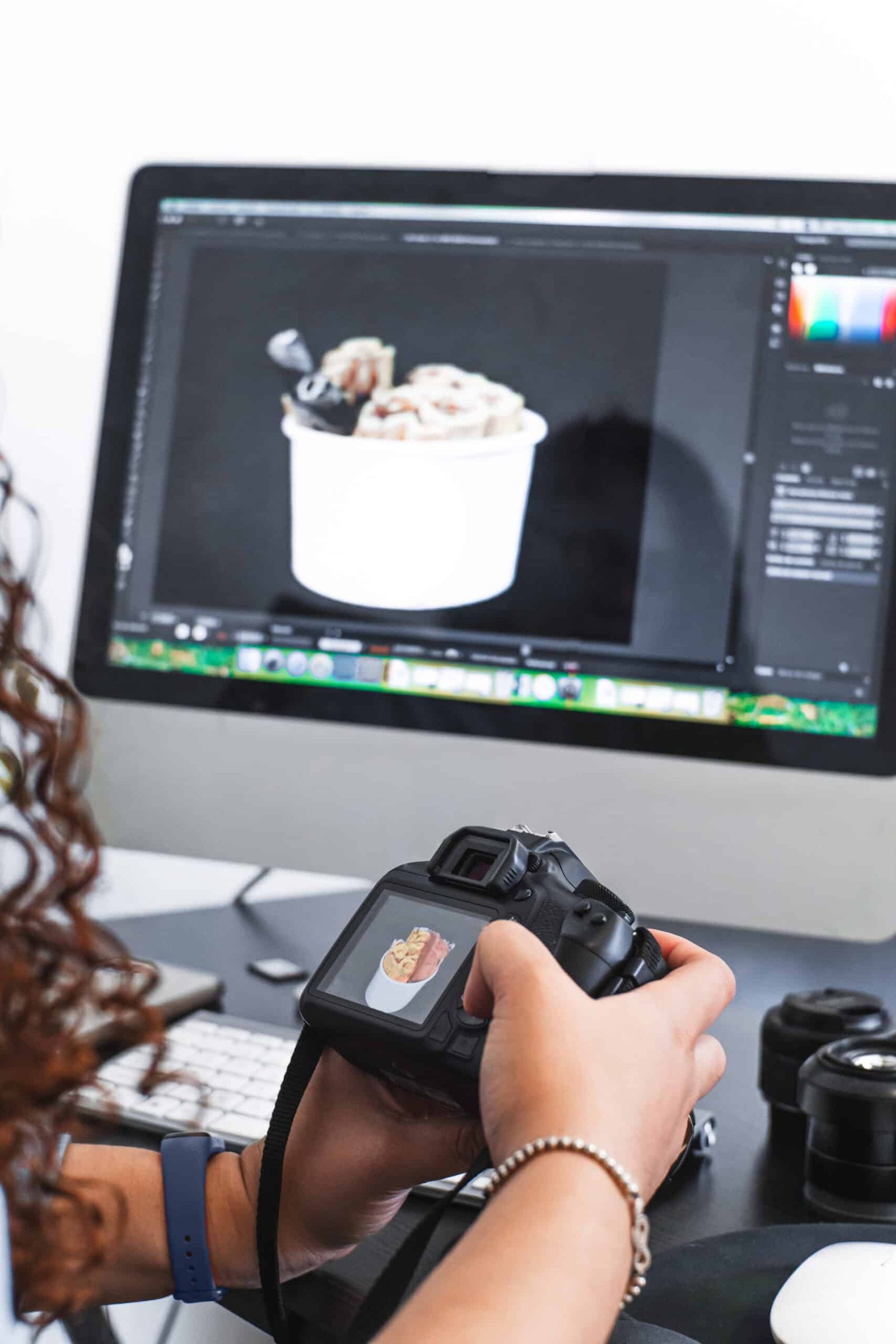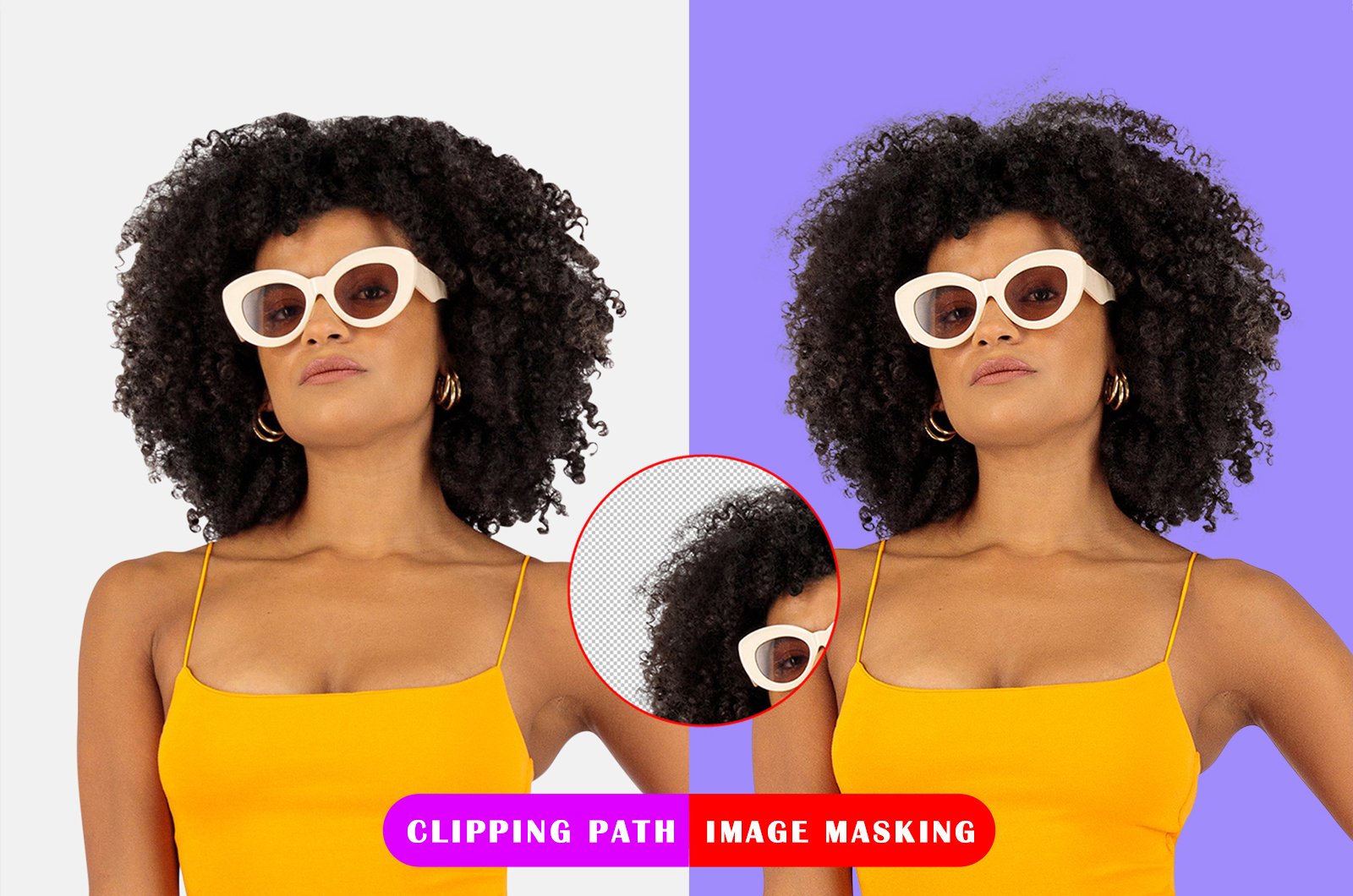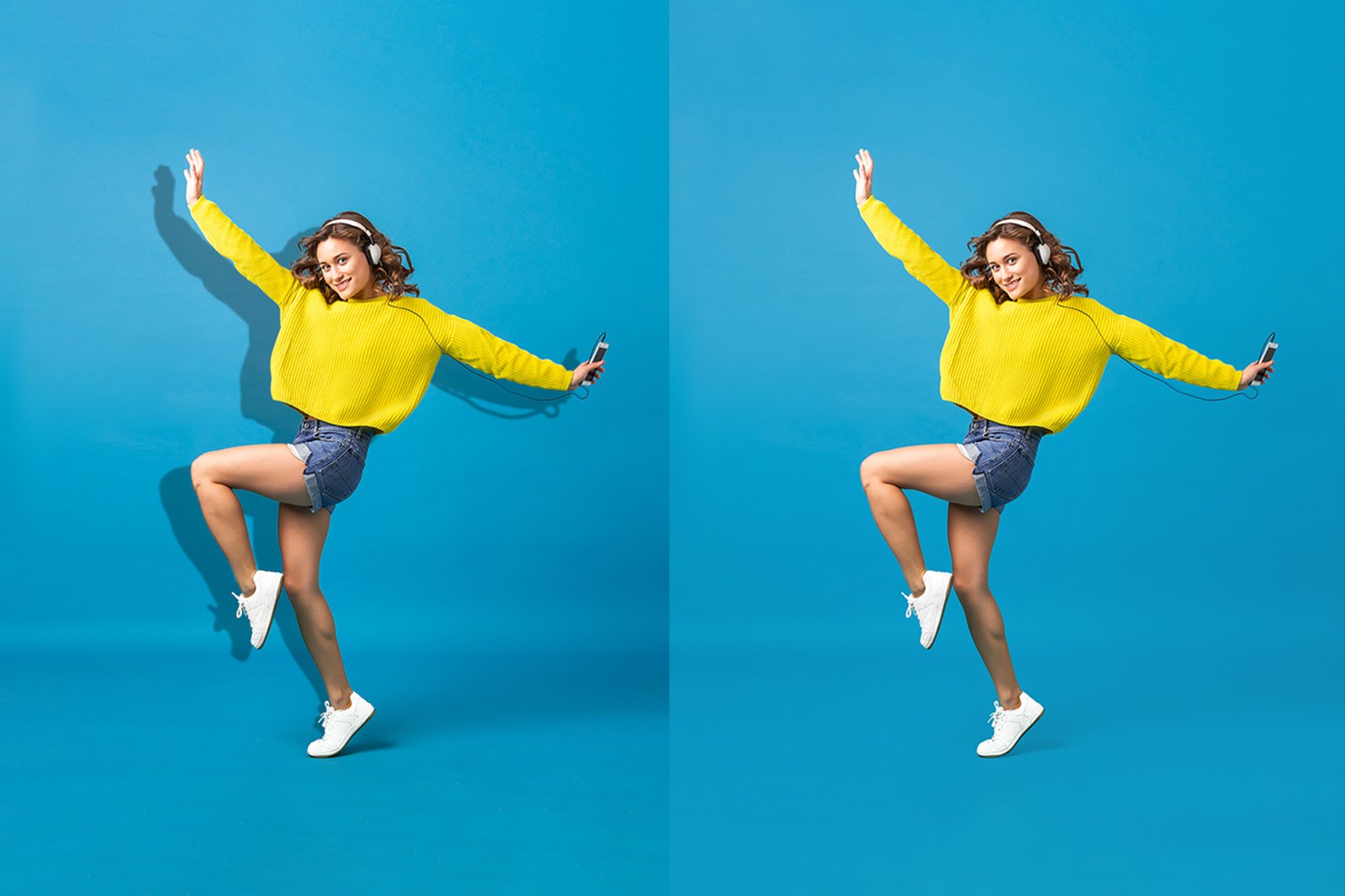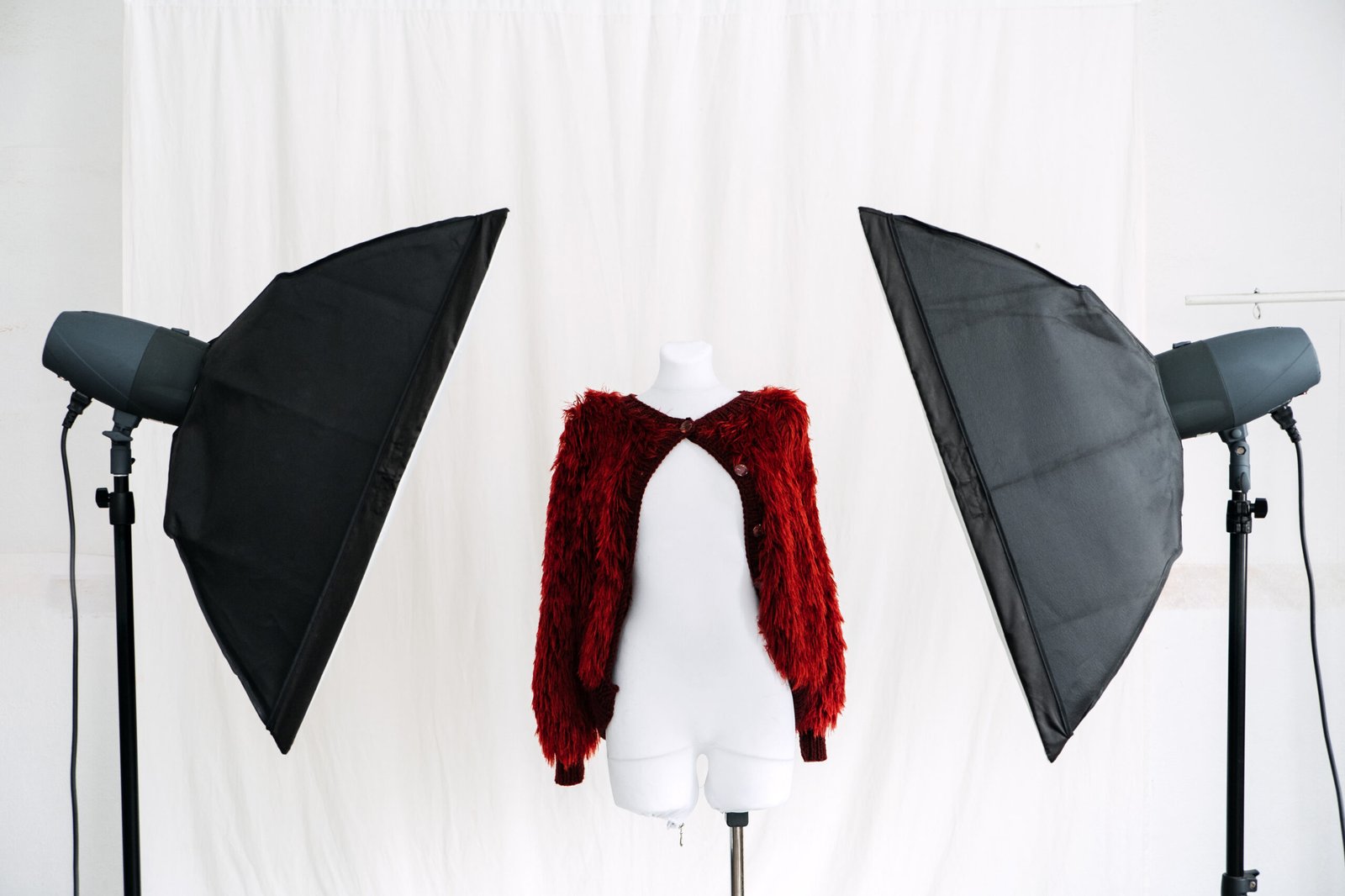Introduction
In a world where online shoppers can’t physically touch or examine a product, the next best thing is offering them a 360-degree view. That’s where 360 product photography comes in. It provides an interactive, rotatable image experience that builds trust, reduces returns, and increases sales.
Whether you’re a professional photographer, an ecommerce store owner, or a marketer looking to enhance product visuals, this guide will walk you through:
- The key benefits of 360 product photography
- The full setup process
- Best practices to create clean, clickable spin images
Let’s get started.
What Is 360 Product Photography?
360 product photography is the process of capturing a series of still images of a product as it rotates on a turntable. These images are then stitched together using software to create an interactive spinning effect on websites.
Customers can drag, swipe, or click through different angles to view every detail. It’s commonly used in fashion, electronics, furniture, jewelry, automotive accessories, and other online retail categories.
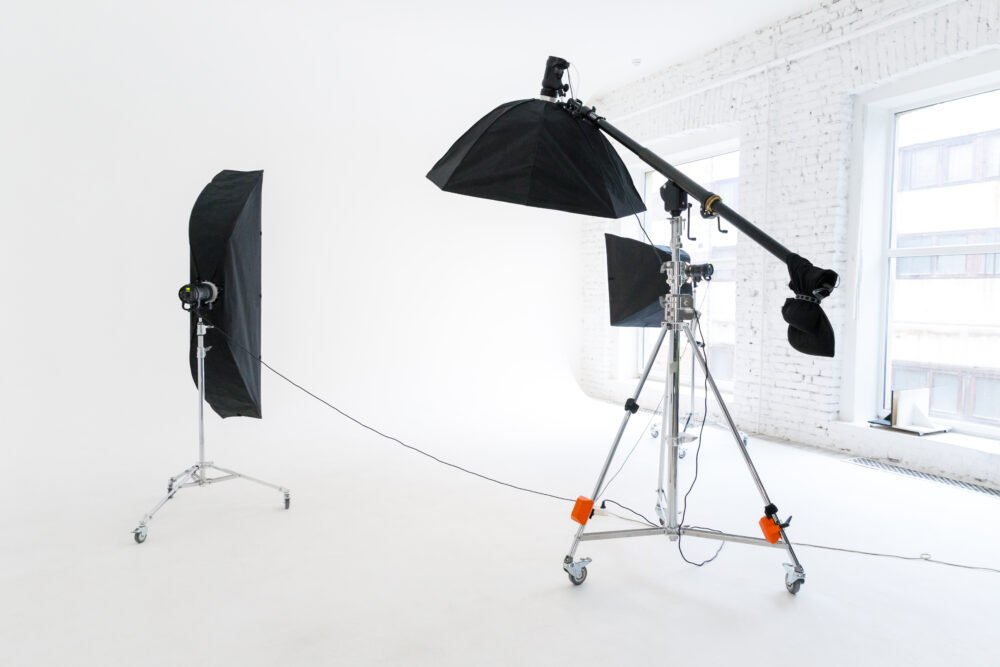
Benefits of 360 Product Photography
1. Increases Conversion Rates
Studies show that interactive 360° product views increase time spent on product pages and lead to more purchases. When shoppers can virtually rotate and inspect items, they feel more confident hitting “Buy Now.”
2. Reduces Product Returns
Returns are often caused by mismatched expectations. 360 product photos reduce the gap between perception and reality by showing all sides of a product.
3. Builds Trust and Transparency
High-resolution, rotatable images signal professionalism and transparency. They help your brand appear more reliable, especially for new customers.
4. Improves Mobile Shopping Experience
Touch-friendly spin images are ideal for mobile devices. Shoppers can swipe through products naturally, which enhances engagement.
5. Enhances SEO and Page Performance
Although the 360 image viewer itself is JavaScript-based, the individual stills can be optimized with alt text, filenames, and structured data—boosting your visual SEO.
How to Set Up a 360 Product Photography Studio
Setting up your own 360° photo studio doesn’t have to be overwhelming. Here’s what you need:
Equipment Checklist
- Motorized Turntable: Enables consistent rotation intervals
- DSLR or Mirrorless Camera: Shoot high-res, evenly focused images
- Tripod: Stabilizes the camera during shooting
- Lighting Kit: Use continuous LED softboxes or ring lights
- White Backdrop or Light Tent: Provides even, shadow-free background
- 360 Photography Software: To compile the images into an interactive viewer (e.g., Sirv, WebRotate360, Magic 360)
Step-by-Step Process
- Position the Turntable and Product
- Center your product precisely to avoid wobble or shifting during rotation.
- Set Up Lighting
- Ensure the entire product is evenly lit from all sides. Avoid harsh shadows.
- Camera Settings
- Use Manual Mode. Set aperture (f/8 to f/11), ISO (100–200), and a shutter speed based on lighting. Lock focus.
- Capture Images at Regular Intervals
- Common setups use 24 or 36 frames (every 10° or 15°). Some go as high as 72 frames for smoother rotation.
- Transfer and Edit Images
- Batch edit for consistency: adjust white balance, contrast, remove dust or reflections.
- Upload to Viewer Software
- Import images into your chosen 360 viewer platform. Customize autoplay, zoom, and loading options.
- Embed on Product Page
- Copy the generated HTML snippet and paste it into your website’s product page.
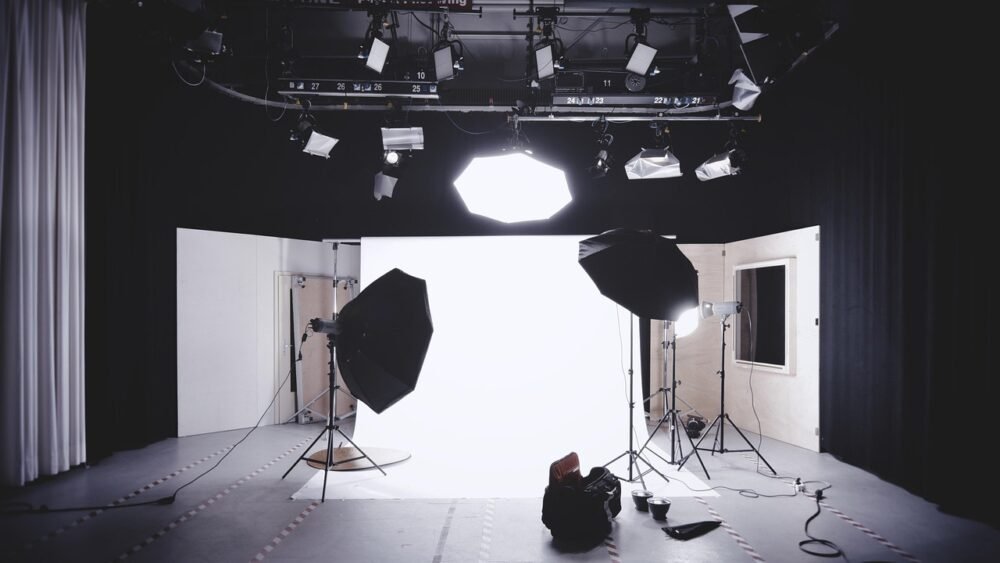
Best Practices for 360 Product Photos
- Keep Background Clean: Use white or transparent backgrounds for consistency
- Use a Remote Shutter: Avoid camera shake and maintain sharpness
- Label Images Sequentially: Use filenames like product01.jpg, product02.jpg, etc.
- Optimize Image Sizes: Compress images to load quickly without losing quality
- Add Alt Text: Describe product and angle to improve image SEO
When to Use 360 Product Photography
360 images work great for:
- Products with fine details (e.g., shoes, bags, gadgets)
- Items where customer wants to inspect all angles (e.g., helmets, tools)
- Fashion items to show fit, fabric, stitching
- Jewelry to highlight sparkle, facets, and craftsmanship
- Automotive and hardware parts for technical buyers
For low-margin or bulk products, traditional multi-angle images may be more cost-effective.
Common Mistakes to Avoid
- Unstable Turntable: Leads to inconsistent frames
- Poor Lighting: Creates dark spots or reflections
- Inconsistent Angles: Ruins smooth rotation effect
- Oversized Files: Slows down page speed
- Lack of Retouching: Leaves dust or blemishes visible
Conclusion
360 product photography bridges the online-offline gap by giving customers a tactile experience through their screens. It reduces returns, increases trust, and boosts conversions—especially in a competitive ecommerce world.
If you want to impress your customers with seamless, high-quality 360° visuals, our team at Clipping Path Company Int offers complete 360 product photo editing and background removal services. We help you prep your shots for a professional, polished final product.
Try our services today and make your products stand out from every angle.
FAQ
Q: How many photos do I need for a 360 spin?
A: Typically, 24–36 photos give a smooth experience. For luxury items, up to 72 may be used.
Q: Can I shoot 360 photos with a smartphone?
A: You can, but DSLR cameras offer better sharpness and consistency for commercial-quality results.
Q: Do 360 images slow down my site?
A: Not if they’re optimized. Use compression tools and lazy loading for best results.
Q: Is 360 photography suitable for all products?
A: It works best for detailed or dimensional items. For flat or simple products, standard photos may suffice.
Q: Do you offer 360 editing services?
A: Yes! Contact Clipping Path Company Int for expert editing, retouching, and background cleanup tailored to 360 spins.

